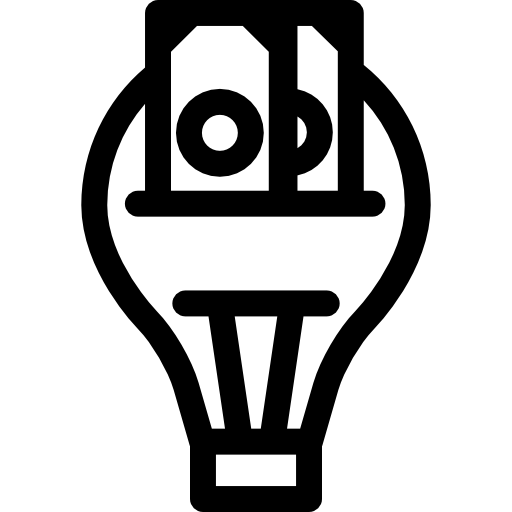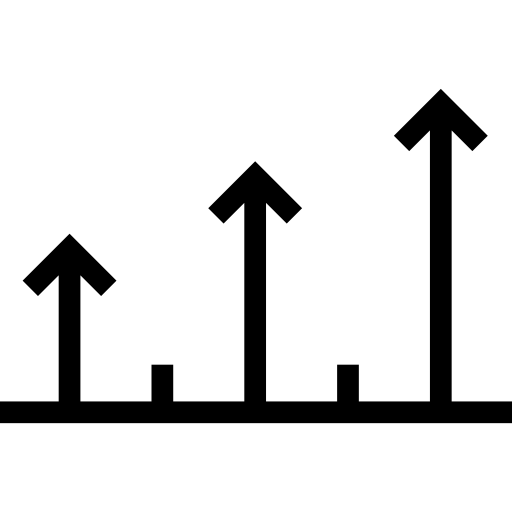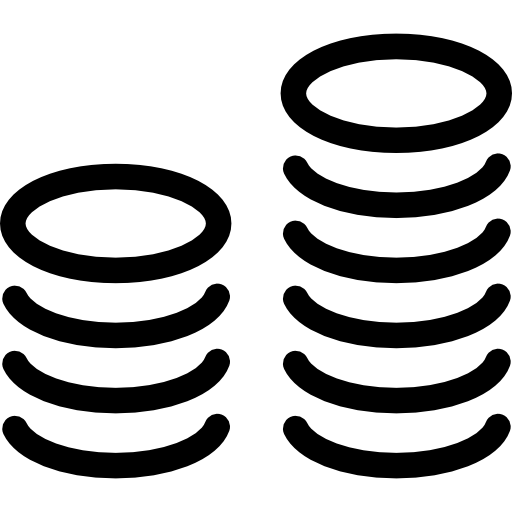
Starting date : Jun. 2016 > May 2018
Lifetime: 24 months

Program in support : H2020-ICT-EUK-01-2016

Status project : complete

CEA-Leti's contact :
Emilio Calvanese Strinati
Bernard Strée

Project Coordinator: CEA-Leti (FR)
Partners: - BE: IMEC
- DE: Fraunhofer Heinrich Hertz Institute, Intel
- FI: University of Oulu, Nokia
- FR: CEA-Leti, Thales Alenia Space, Telespazio
- KR: Clever Logic, Dankook University, Eluon, ETRI, Gwangju Institute of Science and Technology, Hanyang University, HFR, InSoft, Korea Telecom, Mobigen, Seoul Metropolitan Rapid Transit, Seoul National University, South Korea Telecom

Target market: n/a

Publications:Where, when, and how mmWave is used in 5G and beyond», K. Sakaguchi, T. Haustein, S. Barbarossa, E. Calvanese Strinati, A. Clemente, G. Destino, A. Parssinen, I. Kim, H. Chung, J. Kim, I. W. Keusgen, R. J. Weiler, K. Takinami, E. Ceci, A. Sadri, L. Xian, A. Maltsev, G. Khanh Tran, H. Ogawa, K. Mahler, and R. W. Heath Jr., IEICE Trans. Electronics, vol. E100.C, no. 10, pp. 790-808, Oct. 2017, (Invited paper).

Investment: € 3.0 m.
EC Contribution: € 3.0 m.

| Stakes
CEA-Leti was the project coordinator. In addition to management, dissemination and communication activities, the Institute’s contributions focused on designing electronically steerable antennas and implementing algorithms for high capacity mmWave backhauling/fronthauling. CEA-Leti was also involved in defining and implementing the test bed dedicated to an NB-IoT over satellite channel, including PHY layer definition, testing and validation using a channel emulator.
CEA-Leti developed electronically reconfigurable Transmitarray antennas for backhauling and fronthauling at 28 GHz and designed RF impairment compensation algorithms resistant to high order modulation. It also investigated solutions for jointly using high order modulationand spatial multiplexing and for signal transmission in highly time-variant channels. Finally, it investigated advanced mobility management solutions based on the C/U plane split.
CEA-Leti proposed and compared various waveform candidates for meeting the requirements of 5G NB-IoT, such as critical applications. Waveforms in existing or coming standards under the 3GPP framework were considered (e.g. LTE category-M, LORA, Sigfox, NB-IoT). The 5G-like waveform (e.g. filtered multicarrier) was adapted to the specific requirements of low cost, low power consumption and satellite constraints (RF characteristic/performance, satellite channel characteristics). CEA-Leti investigated enhanced waveforms to lower PAPR as much as possible, while maintaining reasonable complexity on the transmitter side. New or improved waveforms were proposed on the basis of this.
CEA-Leti took part in integrating the 5G CHAMPION proof of concept for the backhauling solution. It implemented the specified experimentation satellite access test bed using an existing flexible hardware platform (dedicated hardware design with possible hardware in-the-loop component) and its in-house channel emulator. Finally, it took part in validation and the demonstration activities.
The 5GCHAMPION project ensured maximum visibility for available technology two years ahead of 2020, the year of 5G’s official launching. 5GCHAMPION provided an efficient Korean/European cooperation framework, established new research and business relationships among consortium partners and guaranteed continued cross-fertilization and thought leadership after the project lifetime. Its success was strategic for Korea and Europe in terms of maximizing impact through a common Korean/ European position. Joint forces would introduce the novel technologies to global standards and regulation bodies, such as 3GPP, ETSI, IEFT, ITU, etc., to thereby maximize impact through a common Korean/European position. Technical key contributions included, i) a complex 5G set-up operating inside and close to the PyeongChang Olympic venue, which addressed indoor and outdoor propagation channels in mmWave and below in the 6GHz spectrum, ii) high-speed broadband connection via mmWave high capacity backhaul in the 24-28 GHz spectrum using novel antenna arrays for wireless back/front-hauling, enabling >2Gbps, iii) advanced evolved packet core solutions for efficient system management with virtualization through NFV/SDN in a secure backhaul architecture as well as novel SDN-based IPsec tunnel architecture, iv) novel accurate positioning solutions (<1m accuracy) using mmWave combined with GNSS PPP, v) direct UL/DL communication between satellites and 5G User Equipment ‘as is’ and establishment of a corresponding first proof of concept, vi) improved mobility support through a novel small cell architecture and hybrid adaptive beamforming. The overall project goal was to achieve a highly energy efficient system approach: a key requirement and challenge for 5G.
IMPACT
The major contribution of the 5GCHAMPION project was to prove the concept of a full 5G test bed including indoor and outdoor backhaul links and a core network. This PoC was demonstrated in Gangneung on February 20 - 22, 2018. Its technical results have been published and presented in over 37 accepted conference contributions and 13 accepted journal papers. A special issue of the ETRI journal was published, more than 40 press releases were issued and a 5G workshop was held in Seoul.
|
|